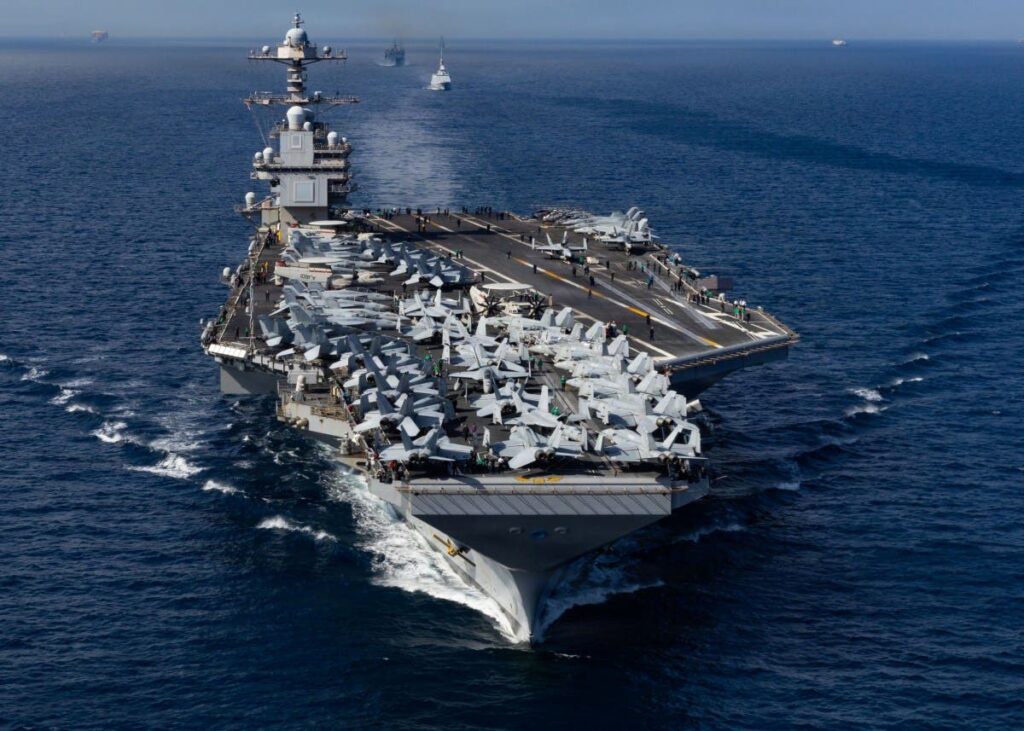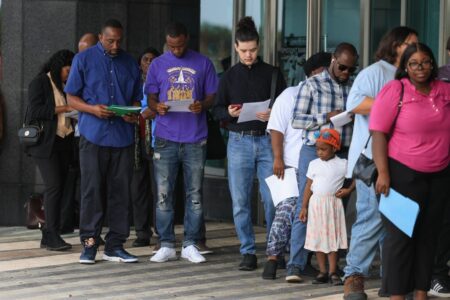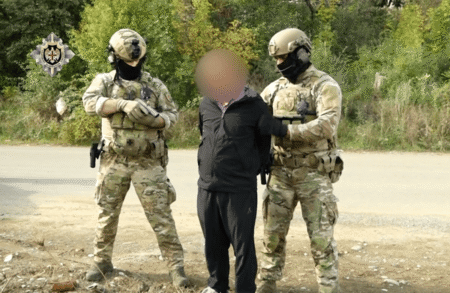The United States aircraft carrier USS Gerald R. Ford was spotted leaving Croatia after being directed by the Pentagon to the Caribbean amid rising tensions with Venezuela.
Defense Secretary Pete Hegseth has ordered the carrier strike group to redeploy to the U.S. Southern Command’s area of responsibility to support operations to dismantle transnational criminal organizations and counter narco-terrorism, the Pentagon said.
The Permanent Mission of Venezuela to the United Nations in New York did not immediately respond to a written request for comment.
Why It Matters
The Gerald R. Ford is set to join U.S. military assets deployed across the Caribbean as Washington continues to pressure Venezuelan President Nicolás Maduro over narcotics smuggling. The Pentagon has also carried out strikes against suspected drug vessels.
The growing military presence comes after President Donald Trump determined that the U.S. is engaged in an armed conflict with drug cartels designated as unlawful combatants, pushing the U.S. and Venezuela toward a potential military confrontation.
The repositioning of the Gerald R. Ford, which was originally deployed to Europe to support collective deterrence and the commitment to defend NATO allies from “hostile action,” marks a significant change in U.S. military posture across the Atlantic Ocean.
What To Know
The Gerald R. Ford, described by the U.S. Navy as the “most capable, adaptable and lethal combat platform in the world,” departed Split in Croatia on Sunday, according to an image shared on social media site X. The aircraft carrier had arrived on Wednesday.
The Gerald R. Ford is expected to pass through the Strait of Gibraltar, which connects the Atlantic Ocean to the Mediterranean Sea, for its new deployment to the Caribbean. U.S. Naval Institute News said the trans-Atlantic voyage would take at least a week.
In addition to nine aircraft and helicopter squadrons embarked on the aircraft carrier, at least five destroyers were assigned to the Gerald R. Ford Carrier Strike Group. Two of them, the USS Forrest Sherman and USS Mitscher, have been operating in the Middle East.
It remains unclear whether the two destroyers will follow the new order to leave the Red Sea and the Arabian Sea, respectively, and join the rest of the carrier strike group.
According to MT_Anderson, an open-source intelligence analyst on X, the remaining destroyers were spread across the Mediterranean, citing satellite imagery. They and the aircraft carrier must converge before a transit of the Strait of Gibraltar, the analyst said.
As of Sunday, USS Winston S. Churchill was pierside at Souda Bay in Greece and the USS Bainbridge was in Civitavecchia, Italy, satellite imagery shows. The USS Mahan was not sighted in any port in the region after entering the Mediterranean on October 13.
Currently, at least three U.S. destroyers—the USS Jason Dunham, USS Gravely and USS Stockdale—are deployed in the Caribbean, in addition to a cruiser, a littoral combat ship, a submarine and three amphibious warships, U.S. Naval Institute News reported.
In a June press release regarding the Gerald R. Ford‘s deployment, the U.S. Second Fleet said the carrier strike group provides U.S. combatant commanders and civilian leaders increased capacity to bolster American security and deter adversaries.
The Gerald R. Ford will augment existing U.S. capabilities in the Caribbean to target narcotics trafficking and transnational criminal organizations, the Pentagon said.
What People Are Saying
Sean Parnell, chief spokesperson for the Pentagon, said in a statement on Friday: “The enhanced U.S. force presence in the [U.S. Southern Command’s area of responsibility] will bolster U.S. capacity to detect, monitor, and disrupt illicit actors and activities that compromise the safety and prosperity of the United States homeland and our security in the Western Hemisphere.”
The U.S. Second Fleet said in a press release in June: “The Gerald R. Ford Carrier Strike Group provides combatant commanders and America’s civilian leaders increased capacity to underpin American security and economic prosperity, deter adversaries, and project power on a global scale through sustained operations at sea.”
What Happens Next
It remains to be seen whether the U.S. will deploy additional forces in the Caribbean while maintaining its security commitments to allies in Europe and the Pacific.
Read the full article here














